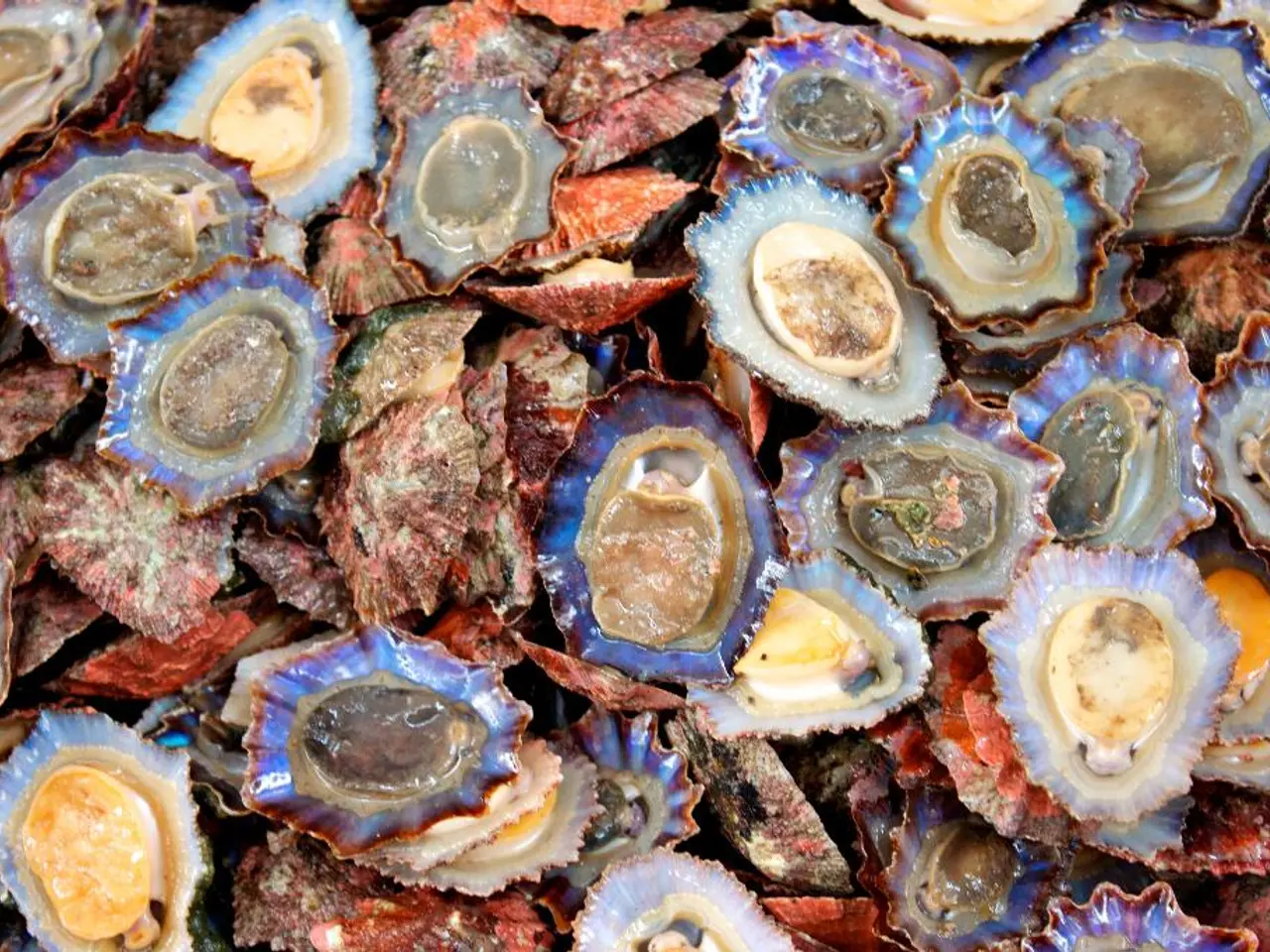Unusual Otter Feces Play a Surprising Role in Parasite Management
In a groundbreaking discovery, a team of researchers led by parasite ecologist Katrina Lohan and first author Calli Wise have delved into the world of river otter scat, uncovering a wealth of information about the health of the Chesapeake Bay ecosystem and potential public health risks.
Their study, published in the esteemed journal Frontiers in Mammal Science, focuses on the significance of examining parasites in river otter poop. The findings suggest that these otters play a crucial role in managing disease within their ecosystem and act as "disease sentinels" for specific areas.
Ecosystem Engineering and Disease Management
By consuming prey infected with parasites, river otters help remove sick individuals, potentially maintaining the health of prey populations. This ecological role, coupled with their influence on the environment through feeding habits, aids in the balance of prey populations.
Public Health Implications
The study reveals that some parasites found in river otter scat could potentially infect humans. While the study did not identify parasites directly transferable to humans, some parasites were closely related to those causing human diseases like cystoisosporiasis. This connection underscores the importance of monitoring river otters for public health threats.
Ecological Insights
The research offers valuable information about river otters' dietary habits and the health of their habitat. The otters primarily feed on fish, blue crabs, and other crustaceans, providing insights into their ecological role in the Chesapeake Bay. Additionally, the presence of various parasites in otter scat can indicate the overall health of the marine habitat, offering insights into the Bay's ecosystem dynamics.
The team collected scat from 18 active river otter latrines along 7.5 miles (12 kilometers) of the Rhode River shoreline. Using DNA analysis with metabarcodeing, they found DNA from a wide variety of parasites in the scat samples, spanning six taxonomic classes. Most of these parasites infect river otters' prey, indicating a key role for parasites in river otters' diets.
The discovery of a worm-infested otter scat initially sparked the interest in studying river otters and their parasites. The researchers hunted for river otter latrines, on-land congregation areas where otters relieve themselves, eat, play, and lounge. As nocturnal and semi-aquatic creatures, river otters can be difficult to observe in their natural habitat, but researchers can learn a lot from the stuff they leave behind at latrines.
The use of DNA sequencing in this study marks the first time this technique has been employed on scat left at river otter latrines for studying diet or parasites. The findings of this study underscore the importance of river otters as both ecological regulators and sentinels for environmental health.
Further research is needed to confirm that river otters are culling infected individuals from populations of their prey. However, the implications of this study are far-reaching, offering a unique window into ecosystem health, disease management, and potential public health risks.
Read also:
- Explored the Popular Health Assessment with a Queue of 100,000 Aspiring Participants - Here's My Unadulterated Opinion
- Hearing impairment condition: Recognizing symptoms and management approaches
- Signs of Cataracts Emergence: Impact on Vision and Further Details
- Thrombocytopenia in Large Scale: Root Causes, Identifiable Symptoms, and Available Treatment Options





